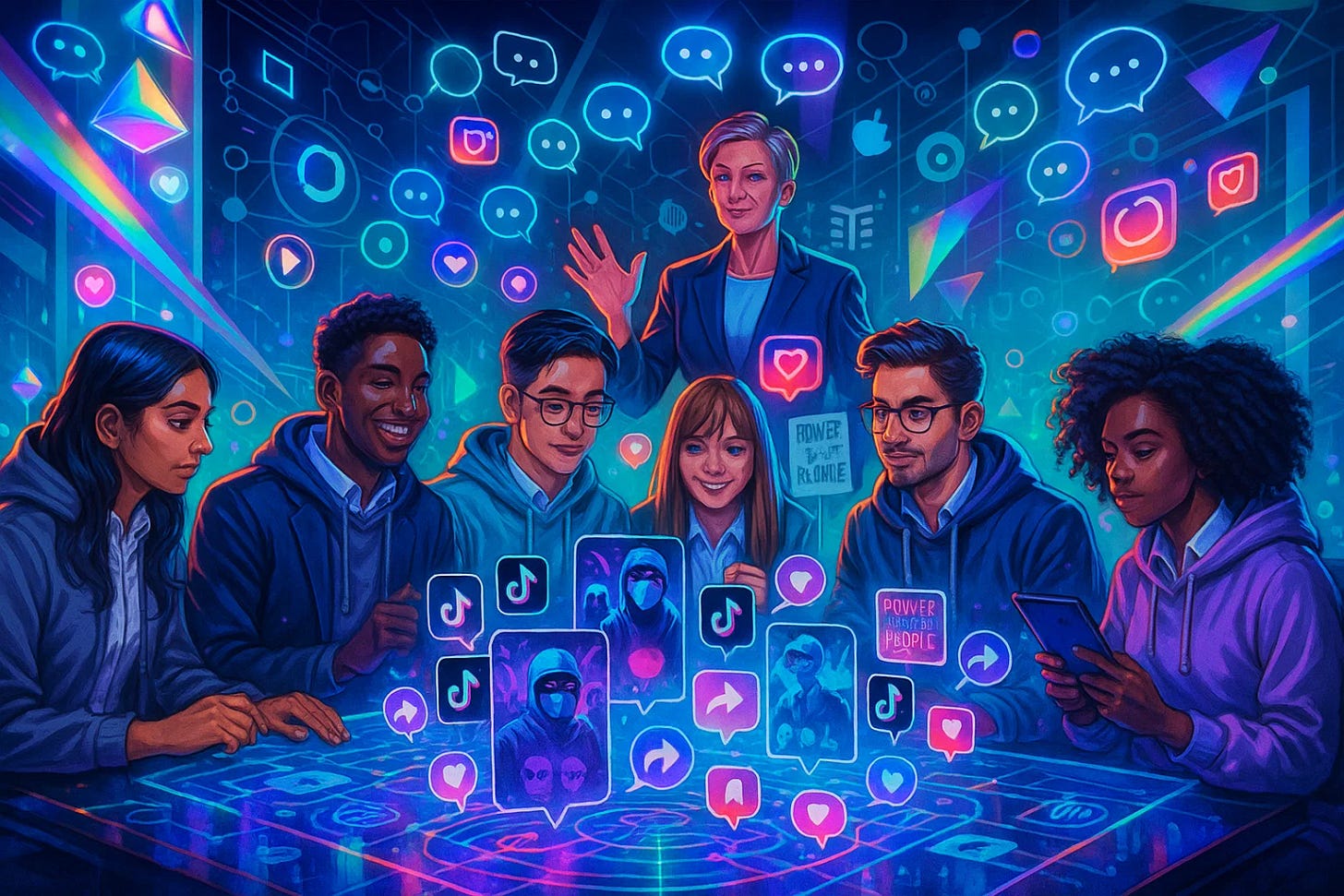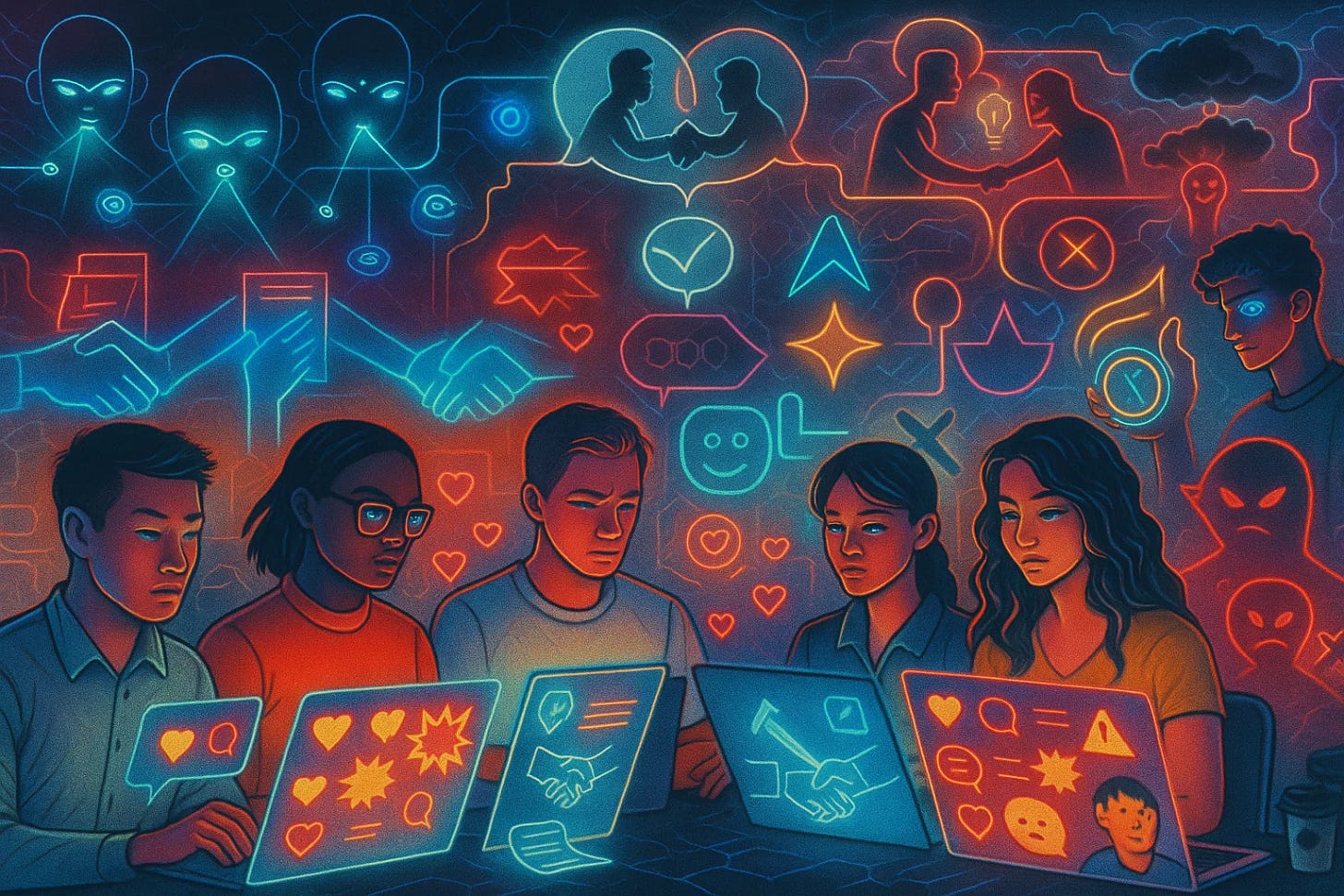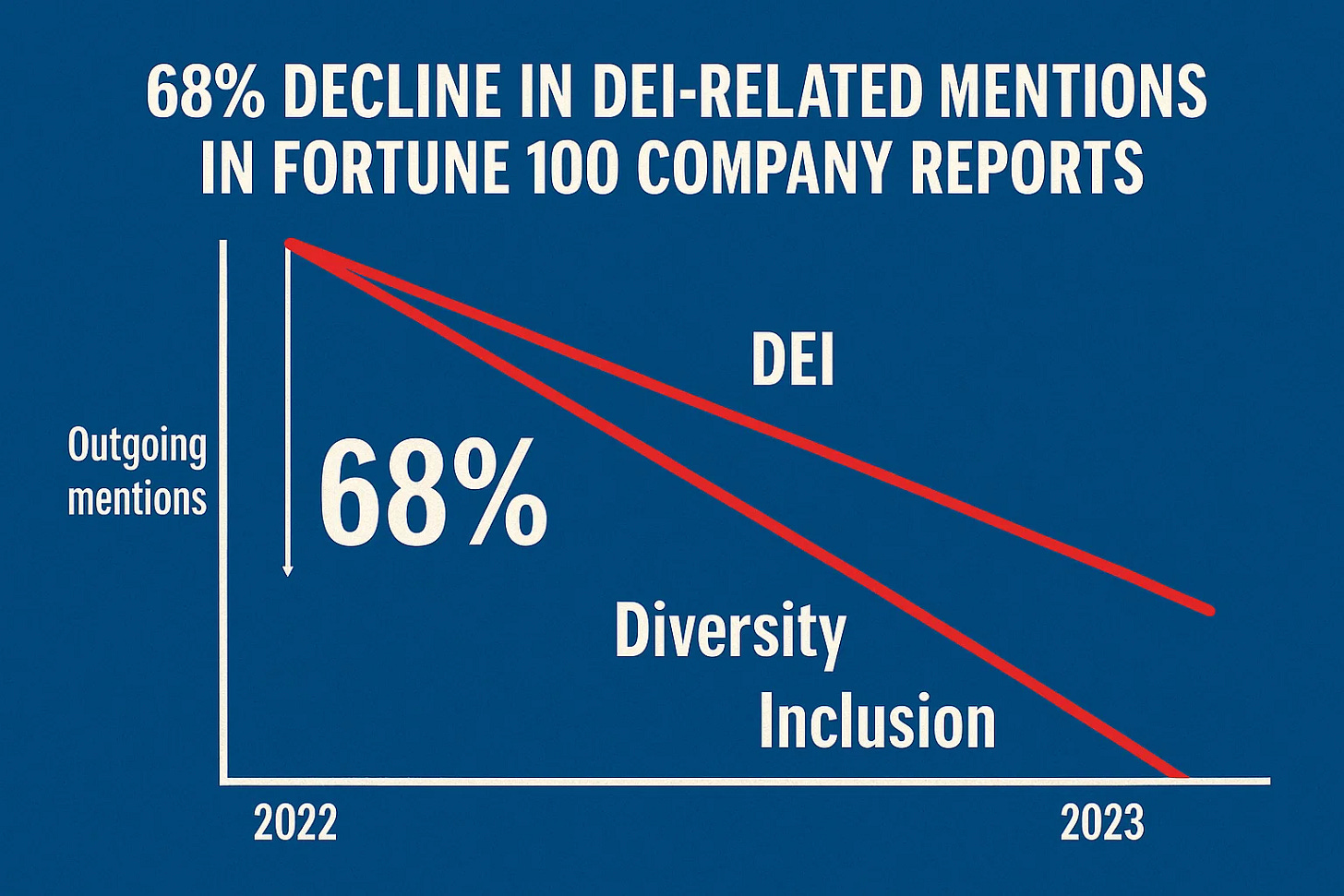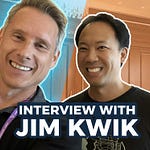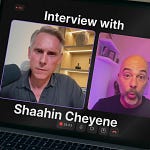Gen Z has rewritten the rules of engagement in ways that older generations could scarcely anticipate. Born into a world where the internet isn't a novelty but a baseline reality, this cohort—now flooding the workforce—views everything through a digital prism. They've witnessed global upheavals, from pandemics to political upheavals, often amplified by the echo chambers of TikTok and Instagram.
Yet, as executives like Kelly McGinnis point out in candid discussions, integrating their social media-savvy perspectives into corporate life isn't just inevitable; it's essential for innovation. McGinnis, a C-suite leader at a Fortune 100 powerhouse, emphasizes that social media is how people connect today, inside boardrooms or out. The challenge lies in harnessing it without letting it unravel company cohesion.
By 2025, Gen Z comprises over a quarter of the global workforce, a shift that's accelerating as millennials age into leadership roles. Projections show this rising to 30% by 2030, making them a pivotal force in reshaping office dynamics. Deloitte's 2025 survey reveals that 89% of Gen Zs prioritize a sense of purpose in their jobs, far outpacing salary as a motivator. Nearly half are already employed or self-employed, with 35% still in education, blending fresh ideas with unfiltered online influences. This isn't just demographic churn; it's a cultural pivot, where traditional hierarchies meet the unyielding transparency of social feeds.
Corporations like Google and Meta have long recognized this, embedding social tools into collaboration platforms to mirror Gen Z's native habitat. But the expectation cuts both ways: should companies anticipate Gen Z's constant connectivity as a professional norm? McGinnis argues yes—it's their default mode of communication, turning potential distractions into advantages for real-time feedback and idea-sharing. Statistics back this: 95% of Gen Z are active social media users, spending over three hours daily on platforms like YouTube, Instagram, and TikTok. In the U.S., they dominate social audiences, with 81% logging in daily and half clocking three-plus hours.
To visualize this dominance, consider the breakdown of their preferred platforms.
This immersion shapes how Gen Z approaches work, often blurring personal expression with professional identity. McGinnis notes that while full monitoring feels invasive, companies must watch for posts that clash with brand values—think a viral tweet undermining corporate ethics. By 2025, 70% of large firms employ monitoring tools, with AI systems scanning communications at giants like Walmart and Starbucks. Despite the existence of legal boundaries, employees at Delta have faced repercussions for their controversial online stances.
The line, as McGinnis describes, is one of respect: if a post threatens or alienates groups, intervention follows. Policies are key here—most Fortune 100 companies require signatures on social media guidelines, balancing free speech with representation. When rules shift, dialogue is the bridge. McGinnis recounts instances where debates led to understanding, though non-compliance occasionally resulted in action. This echoes broader trends: Gen Z's 75% monitor their own screen time, showing self-awareness amid the noise.
This chart underscores why expecting social media proficiency isn't a concession—it's strategic. For deeper insight, watch this video on Gen Z's workplace perspective: Why Gen Z and Millennials View Work So Differently. It breaks down generational views, equipping you to bridge gaps effectively.
Diversity, equity, and inclusion—DEI—emerges as the thorniest thread in this tapestry. McGinnis defines it simply: diversity as varied thoughts and experiences, equity as fair compensation, and inclusion as feeling authentically part of the team. Yet, it's become a flashpoint, politicized into fodder for headlines and feeds. In 2025, references to "DEI" in Fortune 100 filings plummeted 68% from the prior year, with some reports showing a 98% drop for the acronym itself. Over half of these companies have scaled back initiatives, influenced by legal pressures and cultural backlash.
Despite this, 92% maintain active DEI programs, with 30% expanding efforts. Leaders like Satya Nadella at Microsoft and Tim Cook at Apple champion it as foundational, linking diverse teams to innovation—Apple's diverse workforce underpins hits like the Vision Pro, while Microsoft's inclusive hiring correlates with AI breakthroughs. McGinnis diffuses the controversy by stripping away politics: it's about assembling varied viewpoints for better outcomes, a practice embedded in top firms for decades.
The retreat isn't uniform; 46% of surveyed businesses held steady on DEI in 2024, with ethnicity and gender as core focuses. But the data tells a story of caution.
McGinnis, unscathed by accusations of tokenism thanks to measurable results, embodies the resilience of thoughtful DEI. Her Substack, leadwithkelly.substack.com, offers unvarnished insights into leading through these tensions.
These metrics affirm that embracing varied viewpoints isn't optional—it's the path to dominance. For a clear breakdown, view this video: What is DEI and Why it Matters for Business, which outlines its strategic advantages without the noise.
As Gen Z surges forward, the corporate world must adapt—not by clamping down, but by channeling their digital fluency and demand for authenticity. The outliers who succeed will be those turning potential conflicts into catalysts, much like how social media transformed communication from monologue to dialogue. In this interconnected era, the real third rail isn't DEI or monitoring; it's failing to evolve with the generation that's already here.



